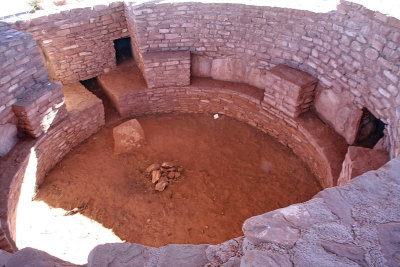





 |
 |
 |
 |
 |
 |
| LeSon Photography | profile | all galleries >> Visit ....The Great Southwest: Utah, Arizona, Colorado >> Visit ...Three Arches at Natural Bridges National Monument | tree view | thumbnails | slideshow |

:: Visit ...Three Arches at Natural Bridges National Monument :: |

:: Visit ... The Anasazis Indian Ruins of the Peublos :: |
 Capital Reef to Natural Bridges, 150M drive ...> |
| comment | share |